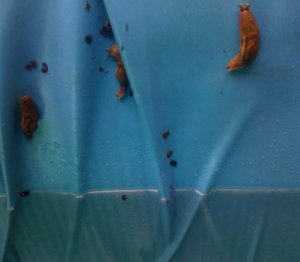 Poorly designed and maintained rainwater harvesting systems can be more than unpleasant.
Poorly designed and maintained rainwater harvesting systems can be more than unpleasant.
As many others did, I built a house in the Puna district of the Big Island of Hawaii in the 1980’s. The inexpensive properties of the subdivisions above Hilo provided an opportunity for home ownership to those who could not otherwise afford to build. The subdivisions were created in the 1960’s and 70’s as agricultural, with little infrastructure, certainly no water source. As everyone else did, I built my own rainwater catchment system, designed based on what everyone else was doing. The county provided “city water” stops along Kamehameha Highway, for drinking water for those on rainwater catchment. All other household water use was provided by the catchment system with little filtering and no real disinfection. UV disinfection was not available for small water systems at that time.
Many systems were owner built and consisted of a “pool boy” – an above ground swimming pool with a non potable liner. There were some corrugated steel and a few cement or wooden tanks. Many of the roofs were asphalt shingle, causing a bit of a sheen on the water surface during the hot day. A sediment filter prior to the pump was the typical filtration train and, as mentioned, no disinfection. But, no one was drinking it as far as I knew.
For decades there were no regulations for rainwater catchment systems in Hawaii. Systems were built with not much consideration of public health. Essentially, a large community with no oversight to standards or safe practices. Now, many of these antiquated systems are being contaminated by slugs and snails which have been found to carry “rat lungworm parasite”, a potentially devastating disease. Please see below article.
Water Catchment Systems Need to be Properly Maintained
Rainwater catchment can be a safe, viable alternative to ground water “IF” proper best practices are followed. The industry has grown considerably, along with most states having some type of regulations and permitting.
ARCSA/ASPE/ANSI 63 has been adopted as code by most municipalities that allow rainwater collection for potable use. ARCSA Accredited Professionals are trained and must participate in continuing education in order to keep their accreditation. Designs for permitting are being submitted to Health Departments for plans review. Inspections by county plumbing inspectors during construction of systems is common with bacterial sampling required by some.
It is not the 70s and 80s any longer and rainwater catchment for potable use has hit an all time high here in Washington State. Systems are being designed and installed by professionals that have the training and experience needed for the well-being of their customers. Check with your contractor to be sure they are ARCSA Accredited and know the code requirements. By doing so, you will be assuring that your water source is safe for you and your family.
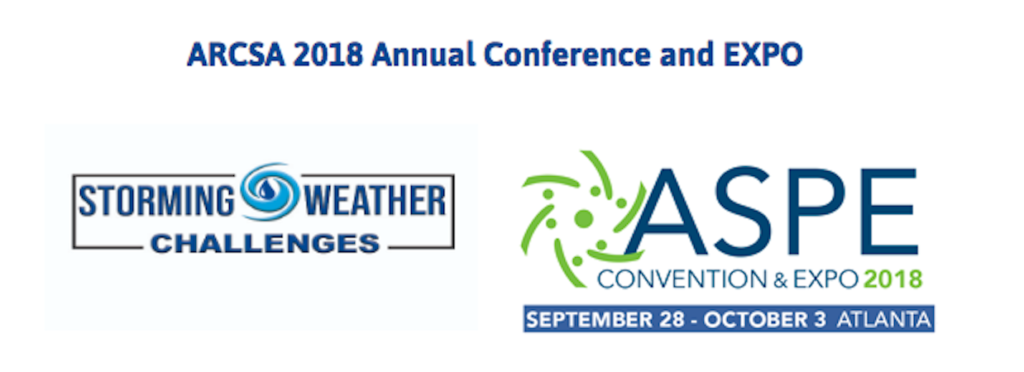 The American Rainwater Catchment Systems Association (ARCSA) is co-locating its 2018 Annual Conference with the American Society of Plumbing Engineers (ASPE) 2018 Convention & Expo in Atlanta, Georgia.
The American Rainwater Catchment Systems Association (ARCSA) is co-locating its 2018 Annual Conference with the American Society of Plumbing Engineers (ASPE) 2018 Convention & Expo in Atlanta, Georgia.
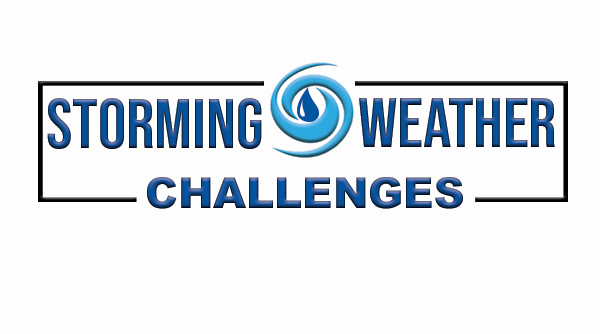
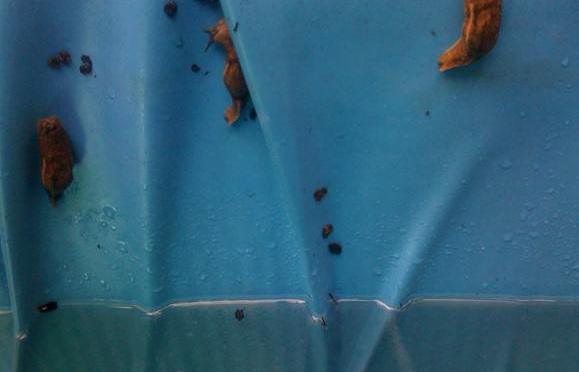
 Poorly designed and maintained rainwater harvesting systems can be more than unpleasant.
Poorly designed and maintained rainwater harvesting systems can be more than unpleasant.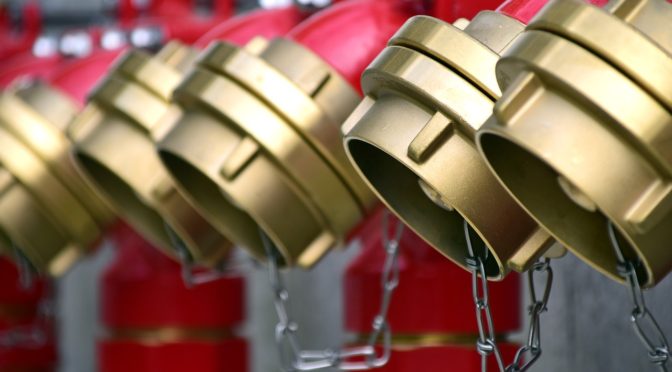
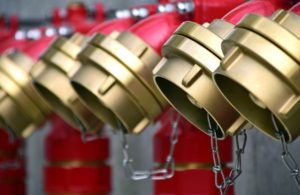 As we’ve written many times over the years, you can create your own water supply, not just for drinking, but also for laundry, toilet and irrigation in a commercial and residential environment, depending on where your home or business is located.
As we’ve written many times over the years, you can create your own water supply, not just for drinking, but also for laundry, toilet and irrigation in a commercial and residential environment, depending on where your home or business is located.